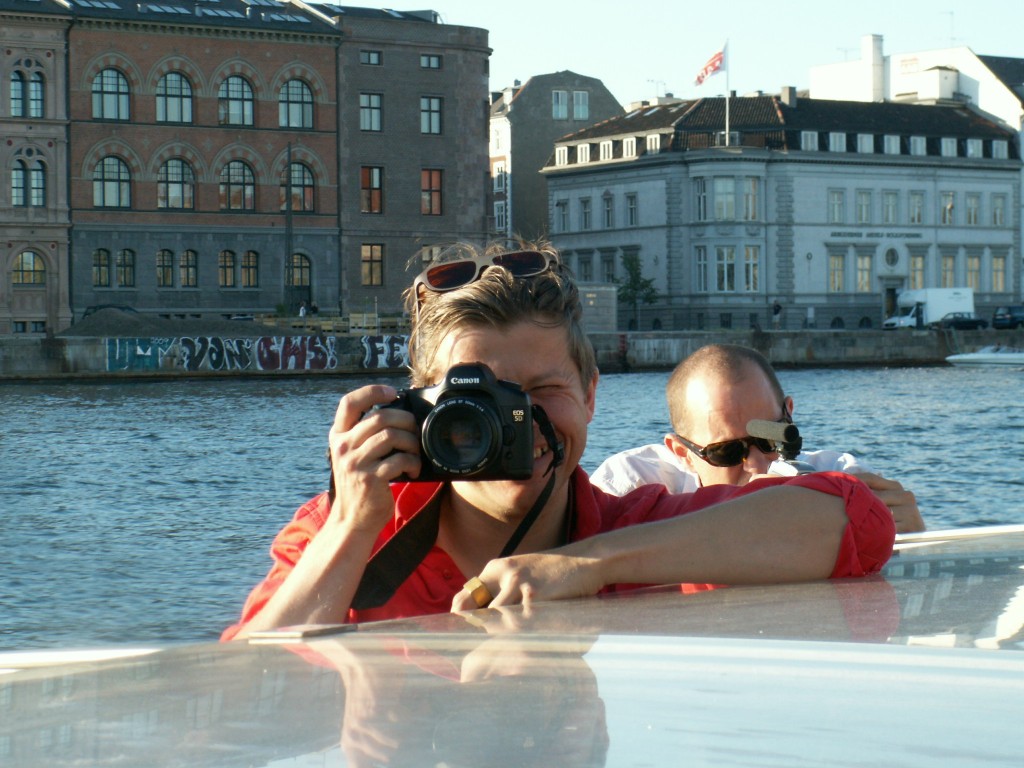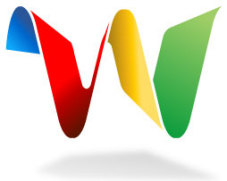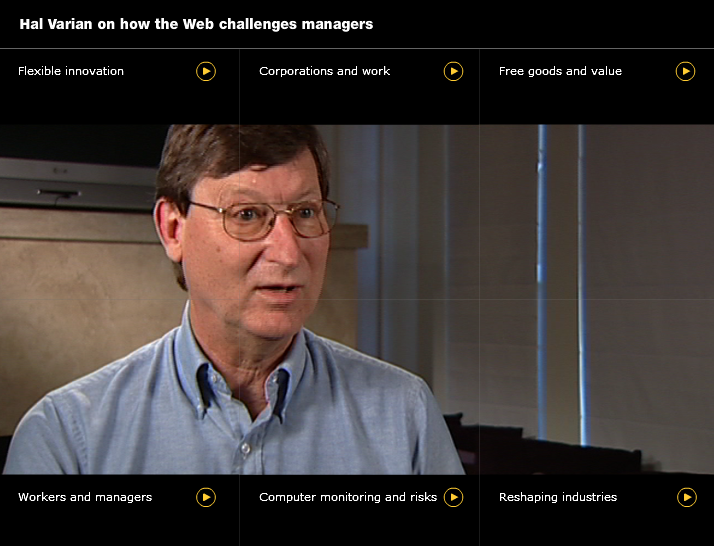Ah, I promised some learnings, did I? First one: it turned out a good idea to arrive early, that is on Wednesday afternoon, the day before reboot. When I got to Kedelhallen some people were already there and while I was too late for getting into Wemind’s event there I happened to meet Kim Bach, with whom I had a very cool conversation around everything in between anarchy, bread baking and zoos and then a nice walk to the pre-reboot boat trip.

I guess there have been some photos taken at this boat-trip, which was nice and a good start to an evening at the Copenhagen beaches …
OK, now onto some of the talks on day one, I arrived early too:
Matt Webb started the talks, demanding more cultural invention – if only as a way to do more interesting things. Agree, we should stop “solving problems” and start “inventing culturally”, if this means going for the deep thinking. Needless to say that it all related to “design thinking” – and yes, “design has to invent, to create new ways of doing things, and to contribute to culture”.
David Weinberger, here I can say it with Peter’s words: “David Weinberger, who I always love to see talk, spoke about the web being a morally charged tool, and about optimism”. Yay, nice video, found via Peter:
Missed the talk by Matthias Müller-Prove, but went into Martin Jul’s session on what we can learn from Japan when they rebuilt after World War 2 – as they called on Deming for ideas, the session evolved into a collection of management principles (“Reboot your management“), some of whom are equally fitting our world of Enterprise 2.0.
It concerned Deming’s 14 principles for management, the humanistic, long-term thinking, keep learning, use the scientific method, and build from quality philosophy, that helped shape companies such as Toyota and Honda..
Researching the background of his work, it was interesting to see how the World-War 2 Training Within Industry principles played a big role in shaping his ideas and how its focus on operating from a basis of scarcity – such as saving material, time and labour to win the war faster, plays so well in an entrepreneurial setting and in cutting through the big-company trap of just throwing more money at problems.
 Why is Google Wave important? Well,
Why is Google Wave important? Well, 